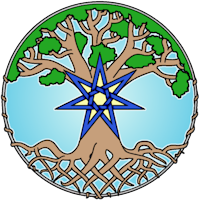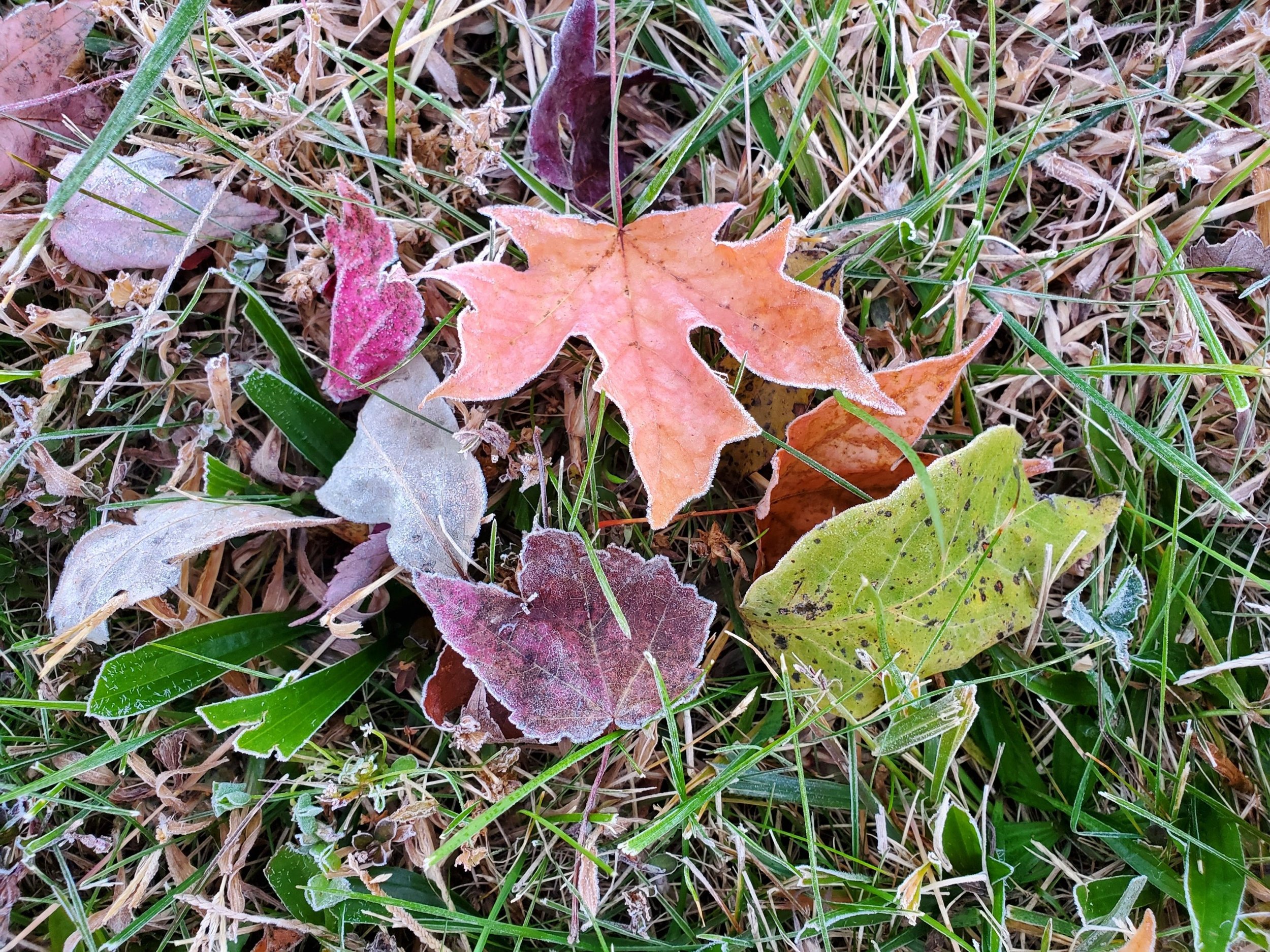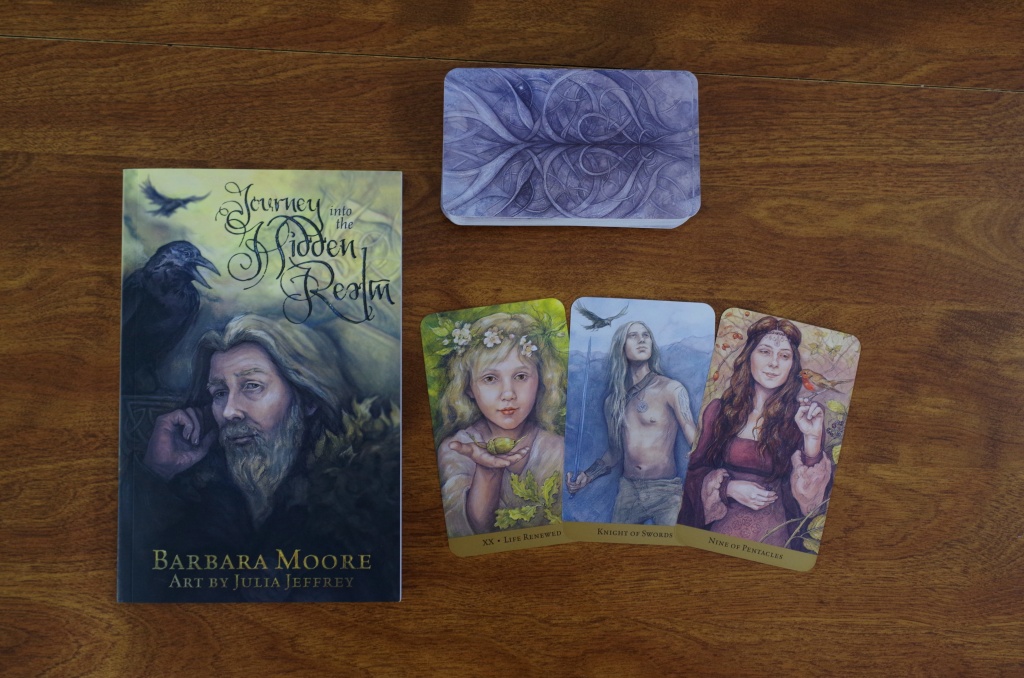I got an interesting question on tumblr last week, and while I’m not going to copy the entire thing over here, nor my entire rambling response, I thought it brought up two important worldview questions that might illuminate my practice a bit for ya’ll, and may help out others who are new to walking the path of a fairy witch.
The first question was, basically: is a Germanic wood-wife the same thing as a Greek dryad? Are these just two names for the same exact thing? On the surface, it does sort of seem that way; they’re described in very similar terms. But one of the trickiest things about the realms of Fairy (and one that I think is the hardest for people to wrap their heads around) is that we can’t cleanly separate fairies into specific species. There’s a lot of evidence in the Scottish Witch Trial manuscripts that the difference between a devil and an imp and a fairy and an elf was pretty much a difference of attitude, and that the same being might be called two or more of these terms even by the same person.(1) And there’s plenty of folkloric evidence that these beings can change their appearance, or at least deceive our senses. So we just can’t quantify and identify them as we do with animals and plants, and just because they seem similar doesn’t necessarily mean they are the same.
On top of that, we have to add the complexities of culture – both ours and theirs. I think it’s reasonable to say that some of the Fair Folk seem to have a sort of symbiotic relationship with nearby humans, to the point that there’s some cultural bleed between the two groups.(2) So it would make sense to me that the dryads would have more Greek sensibilities and prefer offerings of common Greek foodstuffs, whereas wood-wives would have more Germanic sensibilities and prefer more common Germanic foodstuffs – and that seems to be born out in the folklore about what to offer and how to give it. So it doesn’t make sense to me to try and force a pattern on that – there’s no way to reduce them all, to the point where you can say “all feminine forest spirits should be offered [some kind of food]”. I think it’s better to just not worry about whether wood-wives and dryads are the same “species” and instead of highlighting the similarities, learn about the differences, so that you don’t accidentally offend anyone.(3) When I encounter new beings in the landscape, either Over Here, or Over There, as I’m going about my business, one of the things I ask is what they call themselves – not their Name or even name, but what type of a being they want me to know them as. They are usually willing to either show or tell me enough that I can at least figure out what paradigm will work best in my interactions with them, and I then move forward treating them as the folklore surrounding that being suggests that I should.(4)
That brings me to the second question: do fairy beings travel to places other than where their original folklore is from? I think they do. I think it would be strange to think that only humans travel across our world, when plants and animals have done their best to migrate (with and without our help) as well. I also think that the symbiosis I spoke about in the last section plays a roll, but this time on a more macro scale. I’ve heard stories of brownies and nisser traveling with their families on boats to the Americas, and there are stories of fairy beings being “chased out” of certain areas (often by Christian priests). I don’t think it’s a stretch to think that some of them might’ve come that way to the Americas or Australia or wherever. Personally, I’ve met a lot of fairy beings who, when I ask them what type of being they are, identify themselves as something from European folklore. Near where I live, it’s been mainly beings known from Celtic or British or Germanic cultural folklore, and I think that makes sense given the colonial history of this area. (I’ve met some indigenous otherworldly beings as well, but they’re usually fairly shy, and so far none of them are specifically symbiotic to the indigenous cultures of that side of my family, but I’m nowhere near the traditional homelands, either.) I wouldn’t be super surprised, either, to find beings from Central American or Islamic or Korean folklore nearby, either, considering the current demographics of the area, but I also can’t say that I would necessarily recognize them if I did, as I’m not as well versed in those. Generally though, I think it’s not impossible to find beings from any culture that is currently represented in your area or has ever lived there, because these beings are usually believed to be both powerful and long-lived, and it’s therefore a good idea to just learn as much as you can about anyone you might encounter.
When I ask fairy-like otherworldly beings(5) what kind of a being they are, I’m not looking to categorize them, to check them off in a field guide, or to decide what “species” they belong to – I’m trying to gain context. How they present themselves tells me a little about their expectations, their likes and dislikes, and their sensibilities. And then I’ll use that information, and offer Dryads clean water, diluted wine, and olive oil, and offer wood-wives bread or other things made of grain, and perhaps a bit of milk. I’m a witch looking to create relationships, not a scientist trying to answer questions that might just be unanswerable.
-
See Emma Wilby’s Cunningfolk and Familiar Spirits (Sussex Academic Press, 2005), and Seo Helrune (www.seohelrune.com) has talked about the same in the Nordic sphere, with alfe vs jotnar, in some of their classes.
-
“Symbiotic” here not necessarily meaning “mutualistic” (benefitting both parties) on a micro scale. I think it’s likely that it’s mutualistic on a macro scale of our two populations, but on a micro scale yeah some humans definitely get fucked over, more along the lines of commensalism or straight-up predation.
-
Really, learning as much as you can in order to avoid giving accidental offence is probably my #1 Fairy Witchcraft rule.
-
To an extent: there’s plenty of folklore that says “don’t ever fucking talk to these omg just leave quickly and pretend you didn’t see them”. That’s fairly wise for those wishing not to end up in deep water with the Fair Folk but as I’m already fully submerged, I don’t always look away – I trust that my bargains and roles and allies will keep me safe in most normal situations, and I don’t try to mess around with things above my pay grade. A lot of my discernment has been just figuring out what is and is not within my pay grade, and while I might not rush inside and barricade the door if I see a kelpie, I’m not likely to touch it or try to banish it, either. To quote Morgan Daimler, “I like my liver on the inside.”
-
There’s some disagreement about whether “fairy” includes non-European folkloric otherworldly beings, and more about whether it should, so just to be clear, when I use “fairy” I do mean it in the more general “folkloric otherworldly being” sense. But I try to use “fairy-like” when I’m explicitly talking about non-European folkloric otherworldly beings, out of respect for people in their source cultures who might not feel like the word “fairy” is appropriate. Some of that, I find, is because of a misunderstanding of what a “fairy” is, based on popculture, though – I had a long discussion with a Persian friend about fairies and djinn where at the end we basically decided both terms covered the same basic category, but she originally had thought all fairies were small Tinkerbell types which did not seem at all like her understanding of djinn!





